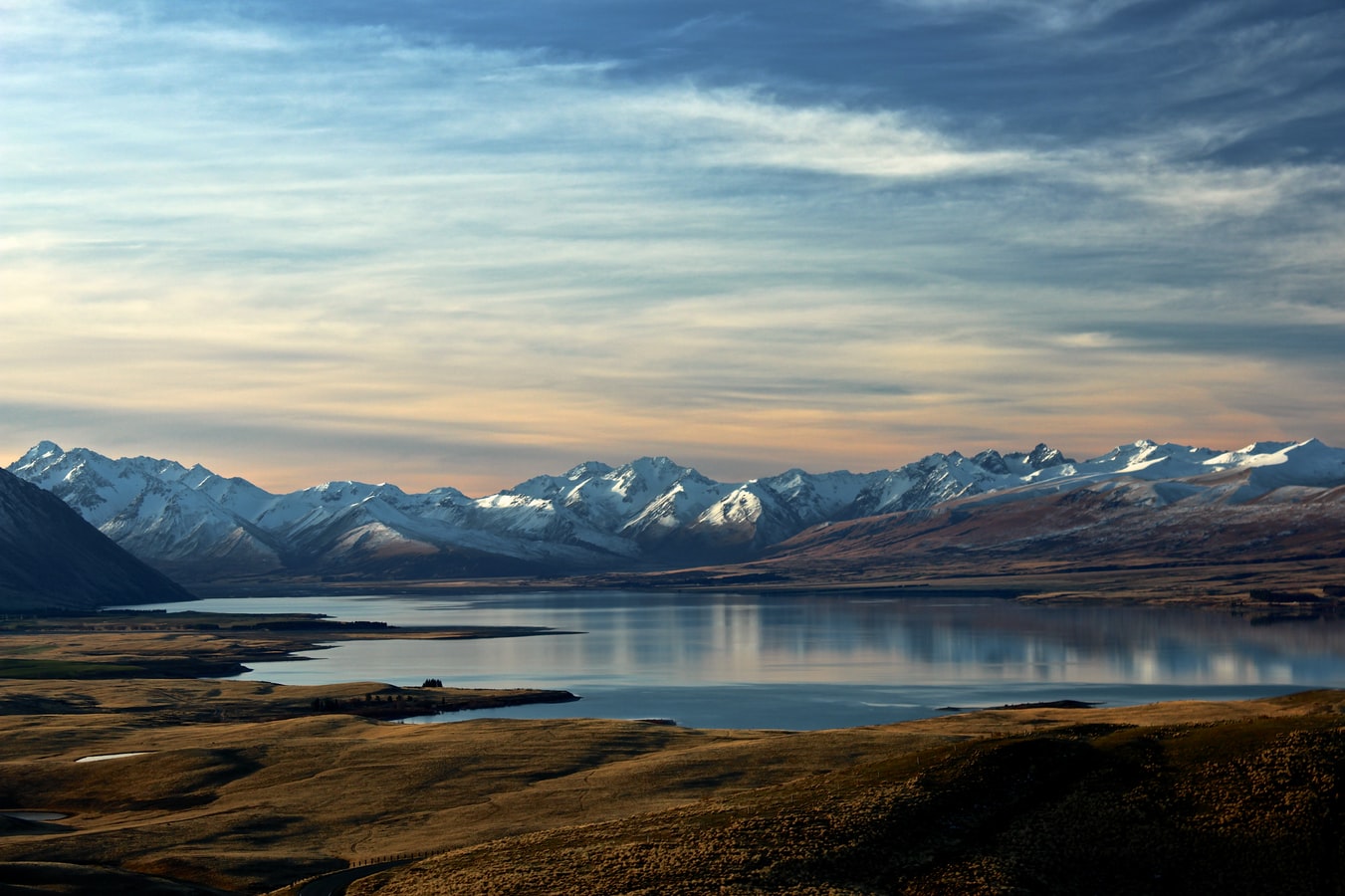ニュージーランドでは、超臨界地熱研究は、タウポー湖とカウェラウの間にあるタウポー火山地帯に焦点を当てています。
シャンブフォート氏は、新たに資金提供されたプログラムは、5年間の掘削をサポートしていなかったが、他のイニシアチブはタウポーゾーンで深井戸を掘削するためのオプションを検討していたと述べた。
「プログラムの終了から5年後(10年後)、ワイカトまたはベイ・オブ・プレンティ地域で深井戸がうまくいくことを期待しています。このような井戸の目的は、既存の科学モデルをテストし、必要に応じて調整することです」と彼女は言った。
これまでのところ、ニュージーランドの地熱井戸は1.5〜3kmの深さになる傾向がありました。超臨界流体は、4kmを超える深さで発見される可能性が高い。
「私たちの目標は、ニュージーランドで最良の将来のターゲットがどこにあるかを探り、実験室のシミュレーションを使用して、これらの非常に高温の流体が岩石にどのように反応し、それらの使用が深層貯水池や近隣の浅い貯水池に将来的にどのように影響するかを理解することです」とシャンブフォート氏は語った。
「地熱の全体的な貢献を高めるために、より深く、高温の地熱資源を活用する説得力のあるケースが見られます。」
ニュージーランドの電力の約17パーセントは地熱から供給され、2018年の地熱から発電された電力は化石燃料と同じくらい。
地球の自然熱流束はあらゆる環境において潜在的にエネルギーとして伝達される可能性があると言える一方で、タウポーなどの火山州は「400℃以上の温度に達するために10kmまで掘削する必要がない」地熱勾配が大きかった。
「これらの非常に暑い気温は、他のいくつかの国よりも表面に近いので、ニュージーランドに自然な利点を与えています」とシャンブフォート氏は語った。
重要な側面は、高温流体が比較的容易に通過できる透水性岩を見つけることでした。「熱を持つことの一つですが、岩を循環する液体がなければ、この熱を効率的に表面まで収穫することはできません。水は熱の主要なキャリアです。」
現在行われている作業は、タウポーゾーンにおける地熱利用に関する数十年の研究とニュージーランドの専門知識に基づいて構築されています。海外の地熱チームとの強いパートナーシップはありましたが、ニュージーランドでは他の国での発見を単純に適用することはできませんでした。
「ニュージーランドでは地質が違う。貯水池を研究し、4〜5kmの深さで断層が浸透する可能性がある場所を見つける必要があります」と彼女は言った。
「ニュージーランドにとって有意義な所見を生み出す前に、実験室で高温高圧の地熱状態をシミュレートする必要もあります。」
ニュージーランドには掘削能力がありましたが、そのような掘削にはコストがかかり、不確実性がありました。シャンブフォート氏は、産業界は、深い地熱資源の探査と開発の不確実性とリスクを低減する情報を提供するために、科学を探していました。
「深層地熱発電は、安全かつ持続的に行うことができるという確信があるときにのみ、ニュージーランドで前進します。」

















































